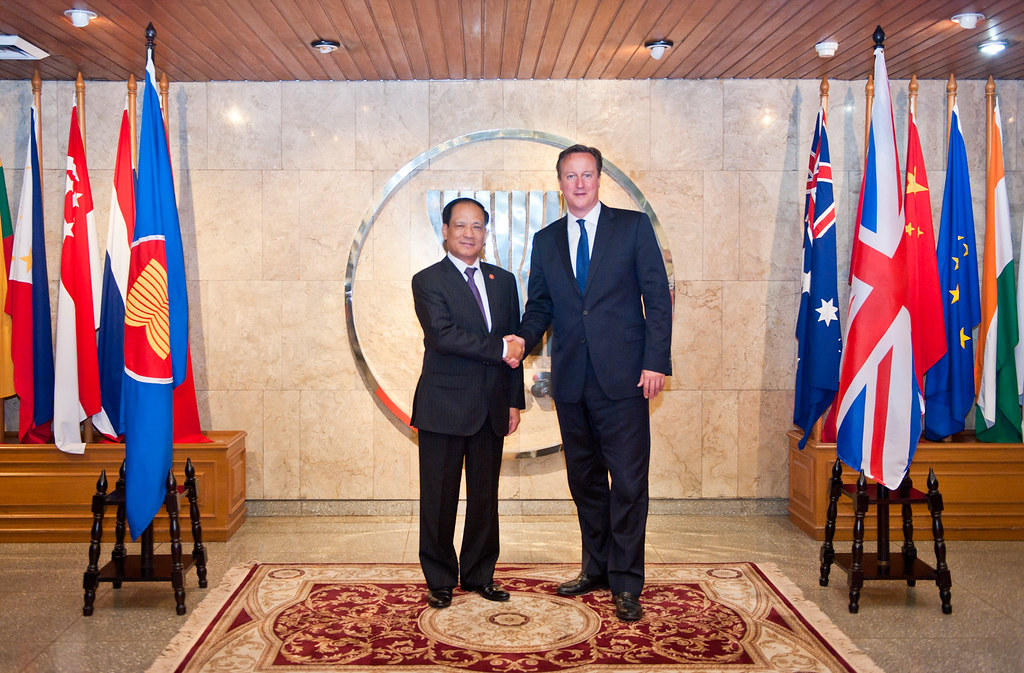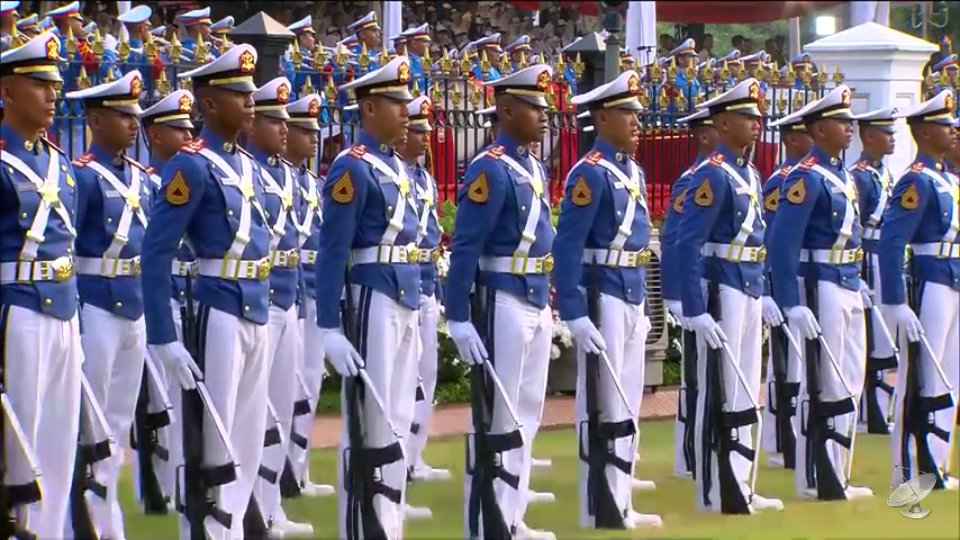The eyes of the world were riveted on Singapore earlier last month. US President Donald J. Trump met North Korean leader Kim Jong-Un on June 12, 2018. Yet the meeting also exposes a key fault in US policy — the lack of an American ambassador in place in Singapore to help coordinate the visit of two heads of state.
If the Singapore meeting were a one-off event, such oversight might be more excusable. But Singapore is also host to the Association of Southeast Asian Nations (ASEAN) in 2018, with a calendar packed with more than 1200 different meetings across the year, culminating in the annual Leader’s Summit in November. The US President, as well as heads of state from all 10 ASEAN countries and key ASEAN dialogue partners like the European Union, China, Japan, South Korea, Australia, India, and New Zealand, are meant to visit Singapore.
Hence, the lack of an American ambassador in Singapore is deeply problematic. It symbolises the overall approach of the United States to the region: more of a thought than a policy.
At the moment, Southeast Asia only seems to matter to Washington when the US President touches down in Air Force One. The lack of attention can be found not only in State Department, where many of the key Asia positions remain unfilled more than a year into the Trump administration. Most of the ambassadorships in the region are career posts, rather than political appointments, but given the lack of clear leadership at the top, many of the staff members in embassies across the region are uncertain about where they are meant to be headed.
Economic policy remains unfocused. The top position for Southeast Asia at the US Trade Representative’s (USTR) office has also been vacant for months. Most of the Asia slots are also missing in action. The primary driver of policy at USTR had been the negotiation and implementation of the Trans-Pacific Partnership (TPP). With the withdrawal of the United States from this agreement, USTR also lost the engagement strategy for the region, including direct programs for TPP members Singapore, Malaysia, Vietnam and Brunei.
A replacement agenda remains missing, as so far, no country has stepped forward to take up Trump’s offer of working on a bilateral trade agreement…
The US Commerce Department is largely consumed with managing trade with China or dealing with the fallout from ongoing cases like steel and aluminum. Given the extent to which Southeast Asian nations are integrated into supply chains running in or through China, the fallout from disruptions in US-China trade will have significant knock-on effects in ASEAN.
The United States used to have additional engagement in the region through a variety of capacity building and foreign aid projects. Most of these seem have been halted with little vision of how more limited funding might be reprogrammed for the future.
The one area where the US presence has largely been maintained is in the security and defence arena. US military personnel are still based in the region. American security experts remain active and engaged. This presence is largely taking place behind the scenes.
In short, other than a relatively limited military presence, after nearly 18 months on the job, US policy towards Southeast Asia remains largely defensive and reactive, rather than forward looking and proactive.
* This post has been published as part of a series of papers that were presented at the LSE Southeast Asia Forum (SEAF) in May 2018. This annual event provides a unique opportunity to engage with Southeast Asia’s most critical issues, network with renowned experts and participate in high-level debate. For more information, please click here.
* The views expressed in the blog are those of the authors alone. They do not reflect the position of the Saw Swee Hock Southeast Asia Centre, nor that of the London School of Economics and Political Science.
* Banner image is from Gage Skidmore, Donald Trump





